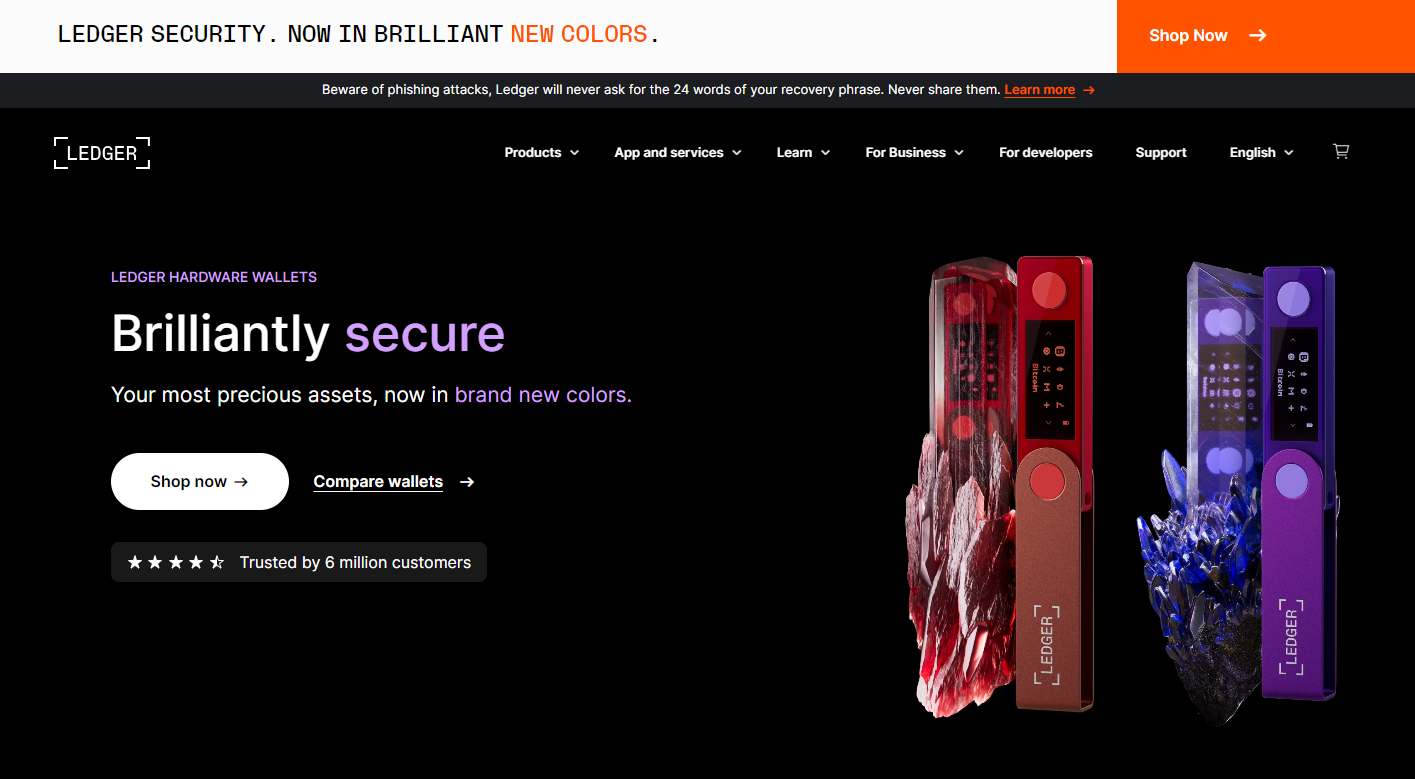
Welcome to Ledger Start — Simple, secure hardware custody
This single-column guide on Ledger.com/start helps you get up and running with a Ledger hardware wallet. The content below is written as a compact, readable walkthrough: setup steps, essential security practices, five frequently asked questions (with answers), a short multiple-choice quiz so you can test what you learned, and clickable recent Google searches for quick reference. The page uses a light, colorful background and clean typography for a modern, friendly experience.
Get started — Quick setupQuick setup — get going in minutes
A Ledger hardware wallet keeps your private keys offline in a secure chip. It is designed so the device signs transactions without exposing your keys to the internet. Below are clear, practical steps to set up your Ledger safely and confidently.
- Unbox and inspect. Ensure packaging is sealed and that the device looks new. Always buy from the official Ledger store or authorized resellers.
- Power on and set a PIN. Follow the on-device instructions to create a strong PIN. This PIN protects access to the device and must be entered on the device's screen.
- Write down your recovery phrase. The device will display a 24-word recovery phrase (or the length shown by the current firmware). Write it down on the provided card or a metal backup — never store this phrase digitally.
- Install Ledger Live. Download Ledger Live from ledger.com and use it to install blockchain apps, manage accounts, and update firmware.
- Test with a small amount. Send a small test transaction first. Confirm all actions on the device screen — the device must actively confirm transactions.
Why use a hardware wallet?
Hardware wallets minimize exposure to remote attackers by keeping private keys in an isolated, tamper-resistant environment. Even if your computer or phone is compromised, an attacker cannot sign transactions without the physical device and the PIN. Using a hardware wallet is the most reliable practical step for long-term self-custody — it shifts risk from remote exploits to physical security, which is easier to manage. Combine a Ledger device with a robust backup plan and you gain durable control over your crypto.
Five common questions (FAQs)
1. How do I back up my Ledger device safely?
When initializing your device you will get a recovery phrase. Write it down on the provided recovery card or use a durable metal backup. Store copies in secure, separate locations (e.g., bank safe deposit box, personal safe). Never type the phrase into a website, app, or cloud storage — digital storage increases exposure to attackers.
2. What should I do if my Ledger is lost, stolen, or damaged?
If the device is lost you can recover funds using your recovery phrase on a new Ledger or compatible wallet. If you believe the recovery phrase was exposed, move assets to a fresh wallet with a new phrase as soon as possible. Keep your phrase private and consider splitting backups for redundancy.
3. Can Ledger protect all cryptocurrencies?
Ledger supports thousands of assets via Ledger Live and third-party integration. Some blockchains require a dedicated app or an integration — check Ledger Live for the latest supported assets. If you hold niche tokens, confirm compatibility before transferring large sums.
4. How often should I update firmware and software?
Regularly update both Ledger Live and device firmware when official updates are released. Updates frequently include important security improvements and new features. Only accept updates from official Ledger channels and verify app signatures in Ledger Live.
5. How can I be sure my device is genuine?
Purchase only from ledger.com or authorized resellers. On first boot the device executes integrity checks; follow the onboarding steps exactly and do not accept instructions to enter your recovery phrase anywhere. Ledger support will never ask for your recovery phrase.
Short multiple-choice quiz — test your understanding
Clickable recent Google searches
Use these quick searches to find the latest guides and official resources related to Ledger and setup.
Security tips & final recommendations
- Never share your recovery phrase — Ledger support will never ask for it.
- Keep firmware and Ledger Live up to date and only install official updates.
- Keep a small test amount for practice before moving large balances.
- Use a metal backup for long-term durability in extreme conditions.
- Buy devices only from ledger.com or authorized resellers to avoid tampered units.